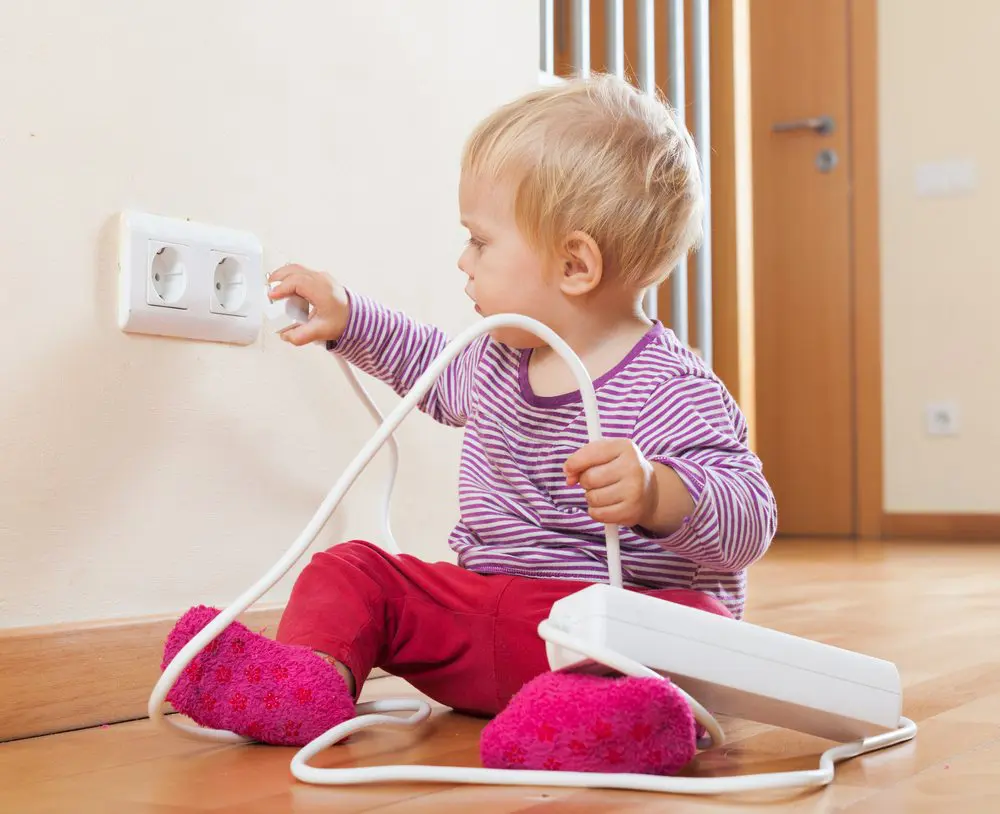Deciding to become a foster carer is a big and meaningful decision that can truly change lives. Providing a stable, loving home to a child in need is incredibly rewarding. However, it also comes with great responsibility. Before welcoming a foster child into your home, it is essential to childproof your living space to ensure it is a safe haven. Take the time to make any necessary updates and preparations to protect your foster child from harm.
Table of Contents
Assess Potential Hazards
As part of the approval process with an agency like fosteringpeople.co.uk, there will be a few home visits. So, you’ll need to carefully assess your home for any potential hazards. Get down on your hands and knees and view each room from a child’s perspective. Look for dangers like sharp edges on furniture, choking hazards, cords and wires, chemicals, medications, and more. Make a comprehensive list of any risks you identify.
Install Safety Devices
There are many child safety devices available to minimise hazards. Install secure safety gates at the tops and bottoms of staircases. Use window guards and locks for added fall protection. Anchor tall bookcases and dressers to the wall so they cannot tip over. Cover sharp corners of tables and counters with corner cushions. Install plug covers over electrical outlets. Mount TVs and shelves securely so they cannot fall. Use cord shorteners and anchors to keep dangling cords out of reach. These simple childproofing tools go a long way in reducing harm.
Lock Up Dangers
Be sure to keep anything that could be toxic or dangerous locked up or sealed off. Lock away all medications, vitamins, cleaning products, chemicals, pesticides, alcohol, and any sharp objects. Young kids are curious and quick, so these items should be completely inaccessible. Use childproof latches on cupboards and drawers to prevent access.
Adapt Your Kitchen
The kitchen is filled with potential hazards for little ones. Keep appliances unplugged when not in use. Install stove knob covers to prevent the stove or oven from accidentally turning on. Use a microwave latch to keep the door closed. Keep hot foods and liquids away from the edges of counters and tables. Use non-slip placemats instead of tablecloths that can be pulled down. Install latches on the fridge and freezer. Keep knives locked away or mounted out of reach.
Adjust Water Temperature
Check the temperature of your hot water heater and adjust it so the water does not exceed 48°C. Scalding hot water poses a serious burn risk for children. Consider putting a temperature regulating valve on bath and shower taps as an added precaution. Always supervise bath time closely.
Check for Choking and Suffocation Risks
Scan each room for any small objects that could pose a choking risk like coins, marbles, buttons, jewellery, toys with small parts, etc. Keep these well out of reach of small children. Ensure toys are age-appropriate. Remove any plastic bags, latex balloons, or other suffocation dangers. Cots, playpens, and highchairs should meet safety standards with no areas where heads could get trapped. Avoid soft bedding like bumpers and pillows in cots.
Make Fire Safety Updates
Install smoke detectors on every level of the home and in each bedroom. Check them monthly to ensure they work and change the batteries every six months. Have fire extinguishers easily accessible on each floor. Create an emergency escape plan identifying two exits from every room and practice it. Keep matches, candles, and lighters completely out of reach.
Adapt Your Outdoor Space
Your outdoor areas also need to be thoroughly childproofed. Cover sharp edges of play equipment with protective caps and padding. Check for toxic plants and keep sheds and garages locked. Never leave a child unattended in the home, garden, or car.
Proof and Supervise
Go over your home again looking for anything potentially dangerous and make updates accordingly. Ask visitors to keep bags out of reach since they may contain hazards. When your foster child arrives, provide close supervision, especially at first, until you see how they interact with the space. Check in periodically to ensure safety measures are working properly.
With some preparation and attentiveness, you can make your home a secure environment for a foster child. Childproofing minimises the risks of injury and creates peace of mind. Most importantly, it allows you to focus on providing a nurturing home life for a child in need.
